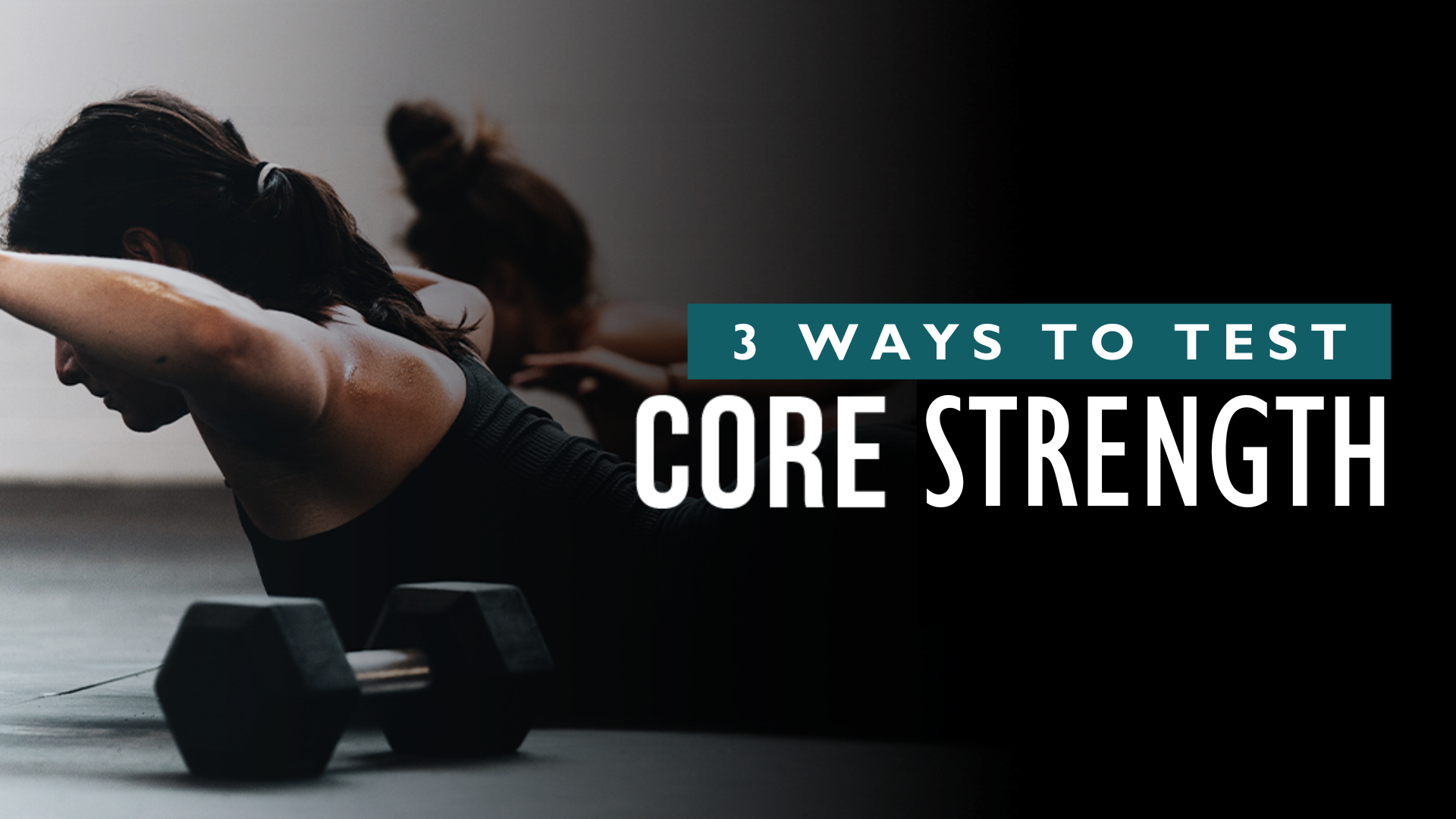Pain-free, functional fitness relies on one major factor: core strength. But how can you know how strong your core muscles are or whether your workouts are actually improving your core strength and stability?
There are plenty of exercises and workouts to help you get strong abs and build core strength, but there aren't many methods available to help you evaluate it.
If your goal is to improve your core strength or stability, it's crucial to know what level you're at first to avoid any injuries and identify any weak spots or imbalances that could worsen with more training.
Joshua Alston, an O2 Fitness Clubs Personal Trainer, shared the three following tests you can do at home or the gym to determine your current core strength and can help you gauge your progress over time!
Plank Test
Level: Beginner.
The plank tests your core contraction. People with poor core contraction will notice their hips sink or rise while holding a plank. The rise or fall of your hips is likely due to your upper or lower body over-compensating so you can continue to hold the plank.
How to do the Plank Test:
1. Start by getting into a push-up position with your hands directly under your shoulders and your body forming a straight line from head to heels.
2. Engage your core muscles by tightening your abdominals and glutes.
3. Hold this position for as long as possible while maintaining proper form.
4. The test ends when you can no longer hold the position with correct form (such as sagging hips or raising your hips too high).
Bird Dog Test
Level: Intermediate.
Bird Dogs are an effective measure of core stability. Proper form requires your core to stabilize your spine while extending your limbs. Those with weaker core stabilization may struggle to maintain a straight spine and align their extended arm and leg.
How to do the Bird Dog Test:
1. Start on your hands and knees with your hands directly under your shoulders and your knees directly under your hips.
2. Engage your core muscles to stabilize your spine.
3. Extend your right arm straight out in front of you at shoulder height, while simultaneously extending your left leg straight back at hip height.
4. Hold this position for a few seconds, making sure to keep your back straight and your hips level.
5. Return to the starting position and then repeat on the opposite side, extending your left arm and right leg.
Leg Lower Test
Level: Advanced.
The Leg Lowering Test is an advanced measure of core strength and stability. The goal is to keep your legs straight and back flat while raising and lowering them. People with weaker core muscles may involuntarily lift their chest or bend their knees to compensate for the core's inability to maintain proper alignment and control throughout the movement.
Using Your Results...
Maintaining a pain-free, functional fitness level heavily relies on the strength and stability of your core. Understanding and assessing your core's current fitness level is the first step toward a safer and more effective fitness journey.
If you are unable to complete these tests, practice them routinely three or four times a week - prioritizing proper form - until you improve. By tracking and comparing your results over time, you will notice more tangible improvements in your core strength that can indicate the effectiveness of your workouts.
If you notice your core strength declining despite training, this could be a sign that you need exercises that are more effective for your body's unique needs. Talk with a trainer or coach to analyze your performance and receive tailored exercises based on your test outcomes - ensuring that you're on the right path to building a stronger, more resilient core!










.jpeg)
.jpg)
.jpg)